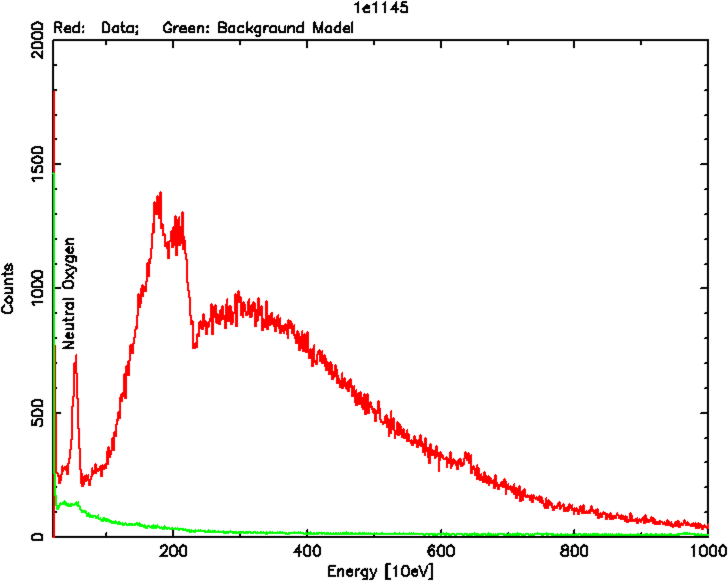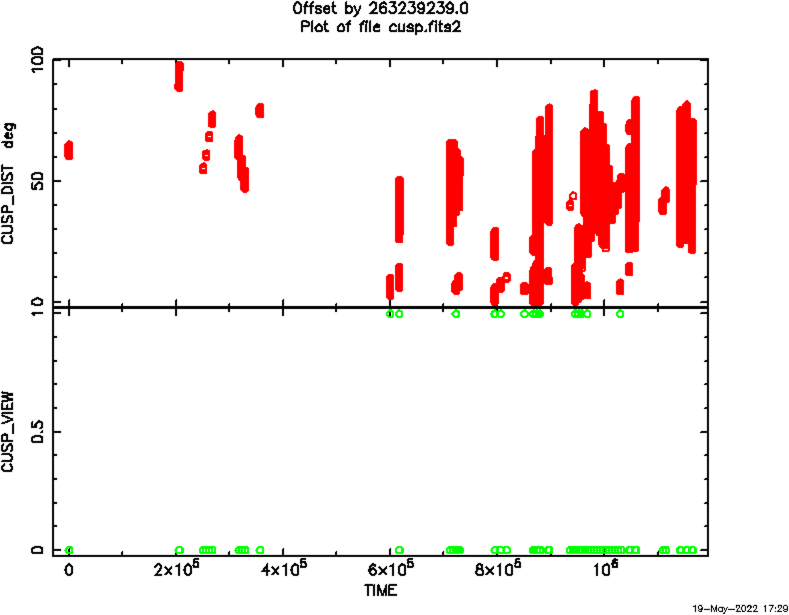NICER / ISS Science Nugget
for May 19, 2022
Observing a Pulsar and Finding Oxygen Around Earth
NICER has been monitoring a pulsar near the south celestial pole, following a possible detection of brightening by JAXA's MAXI payload. The pulsar study will be the subject of a future report, but an early look at its spectrum (below left) revealed a strong neutral oxygen line at low energies, where the pulsar's emissions should be heavily absorbed by interstellar gas along the line of sight. The oxygen line instead appears to be from the Earth's atmosphere, fluorescing as a result of recent space-weather conditions. This type of emission is visible to NICER when its pointing direction looks through one of the Earth's "polar cusps," regions near our planet's magnetic poles where the magnetic field plunges into the atmosphere. High-energy particles from the Sun are guided along the magnetic field lines deep enough into the atmosphere to excite neutral oxygen atoms. We are developing software to determine times during which NICER looks through either the northern or southern cusp regions (below right); initial results suggest that the oxygen line we see is indeed coming from the vicinity of a cusp.


Figure: Left: Spectrum of the pulsar 1E 1145.1-6141 (red) with an estimate of the background (green). At 500 eV, a line due to neutral oxygen is clearly visible above the background estimate. Right: Output from a new software tool in development that computes the angular distance between NICER's pointing direction and the center of the southern polar cusp region, which is located roughly from latitudes -70 to -85 degrees and within 1.5 hour of local solar noon. CUSP_DIST is the angular distance while CUSP_VIEW is a flag showing if CUSP_DIST is nominally within the cusp region threshold.
<< Previous
Main Index
Next >>